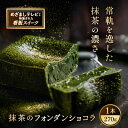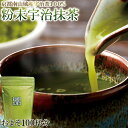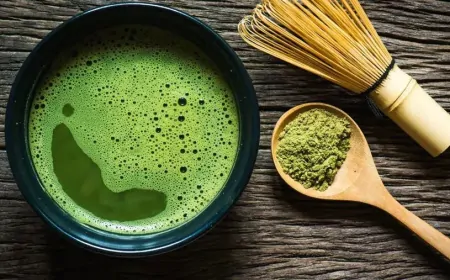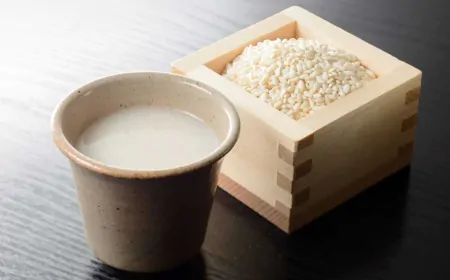Typical Japanese eating style
The style and eating habits of Japanese people today have been much Europeanized and they have become quite diverse and rich.

The Interference Between Culinary Background
In which the most obvious thing is the appearance of bread, milk, eggs, coffee or tea for breakfast. Japanese dinners not only use Japanese dishes on the table, but they also use a mix of Chinese dishes and some other Western dishes.
A traditional Japanese meal consists of rice, soup, and a main dish consisting of meat, fish, and vegetables. Japanese children love Western food such as hot dogs and hamburgers more than traditional Japanese delicacies, so the dishes at home often change to suit their tastes.
Learn Etiquette in Japanese Eating
Before eating
If you have the opportunity to go on a package tour of Japan, visitors will be guided on how to sit and eat in the right Japanese style. During a family meal or a meal with a boss, guests invited to the meal will sit after the host/superior says “take this seat”. When invited to sit in a certain position, the invitee will say “shitsureshimas” which means “I ask for permission and take the seat as invited” and are not allowed to express any objection. If you are not led by the host or superior to sit in a specific position, then wait and take the last empty seat.
Before eating, Japanese people have a habit of saying "itadakimasu" to thank the animals and plants that have sacrificed their lives to have a delicious meal. This is also a way to express gratitude to the farmers and fishermen who have contributed their efforts to create this meal.
Japanese food culture is very strict with many rules that need to be strictly followed.
In meal
Eg:
– Do not mix wasabi (mustard) with soy sauce, Japanese people often put wasabi directly into the dish and then dip it with soy sauce.
– Do not bite the food in half, if the food is too big, you should cover your mouth when eating.
– Most people have a habit of using their hands to support food to avoid staining clothes or the dining table. However, in Japan it is considered unsightly and should be avoided.
– Do not turn the bowl lid upside down, this is an action that indicates the user has finished eating, so you must leave the bowl lids as they were when they were brought to the table by the waiter.
- Do not put shells, oysters, clams ... on the lid of a separate bowl or plate, you should put this excess shell in the bowl of that dish.
– Do not bring food up too high, this is considered impolite in Japan.
The Japanese use chopsticks to eat, but they have unique eating habits when using them:
In eating and drinking, you should avoid holding chopsticks before lifting the bowl, if you want to switch to another bowl, you should put down your chopsticks before you can change another bowl.
- Do not pass chopsticks back and forth or touch food if you do not intend to pick it up.
– The rest of the chopsticks is the place to come into contact with the hands and is not cleaned, so the act of turning the chopsticks upside down is impolite.
Do not transfer food from one pair of chopsticks to another.
Avoid sticking chopsticks through a piece of food or a bowl of rice, this is considered an insult to the person who cooked the dish.
After eating
Japanese people follow the rules even after eating. After eating, the Japanese often arrange the bowls and chopsticks on the chopsticks or paper wrappers. And at the end of the meal, the Japanese will say "gochisosamadeshita" which means "thank you for the meal". This is their way of showing respect to the material and the chef who prepares it.
Another special thing here is that toothpicks are not placed on the dining table but will be arranged in the toilet. Japanese women are often afraid to floss in front of others, so they will go to the toilet to clean their teeth after eating.
Drinking Rules
Going on a 5 day 4 night tour to Japan, if you have the opportunity to be invited to eat with Japanese people, you should remember not to drink before everyone has sat at the table. When drinking, you should pour it into someone else's glass before pouring it for yourself.
In popular restaurants and pubs, you can get drunk but as long as you don't disturb others. However, you are not allowed to get drunk in luxurious and comfortable restaurants or hotels. If you can't drink alcohol, you can speak up and ask permission to have another drink.
-------------------
Injavi.com - Visit Japan | Visit in Japan
Guide to living, studying and working in Japan
Related Products





































































































